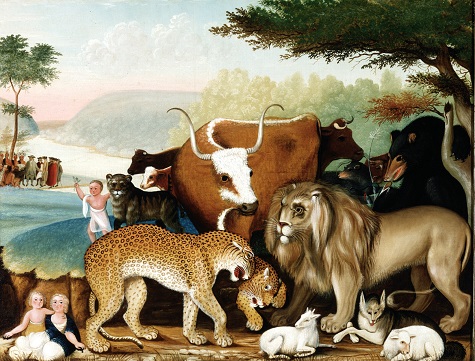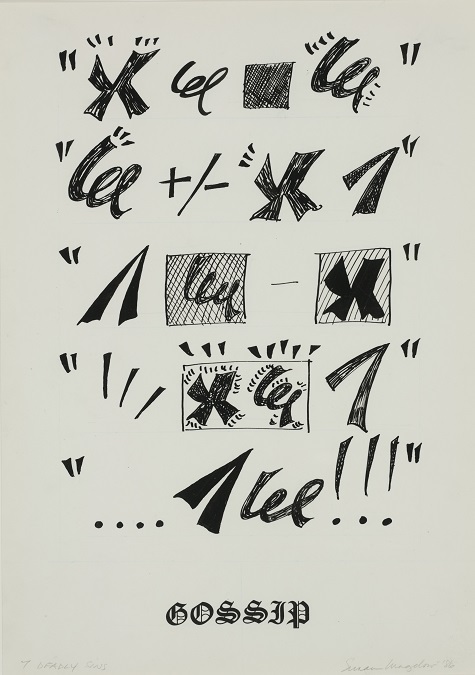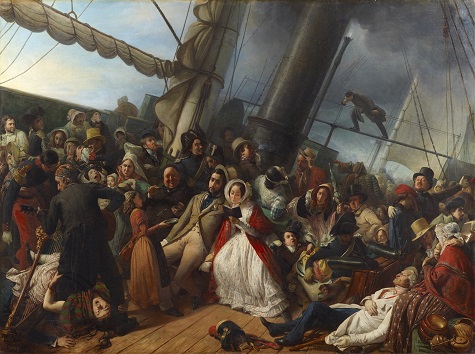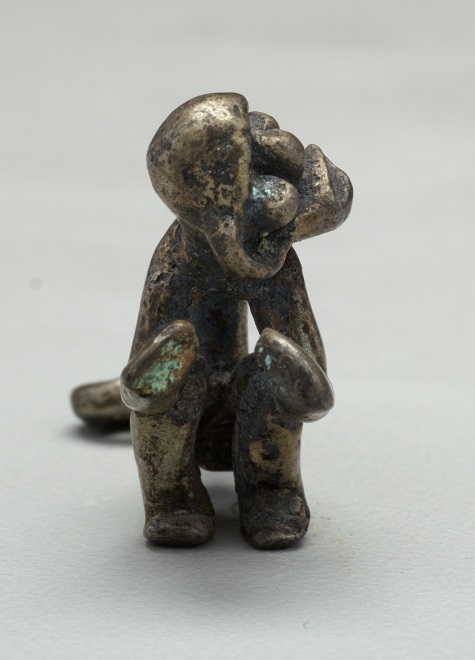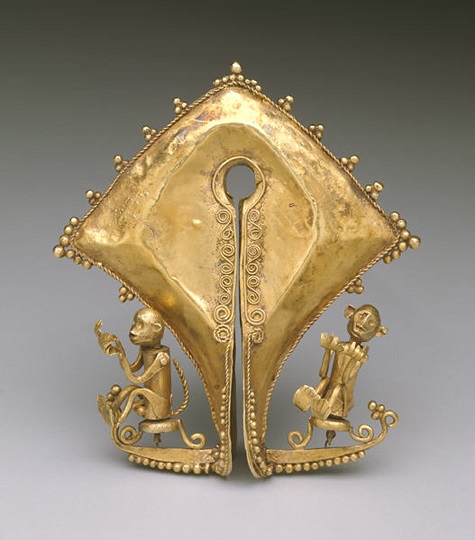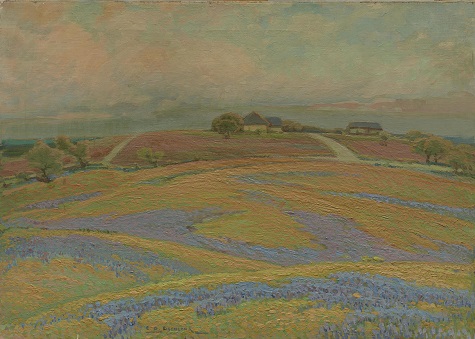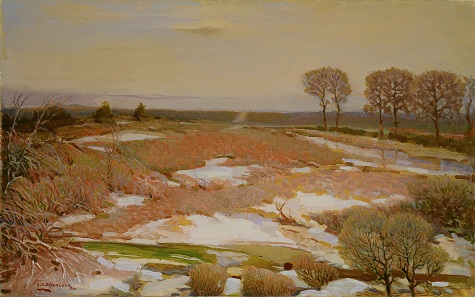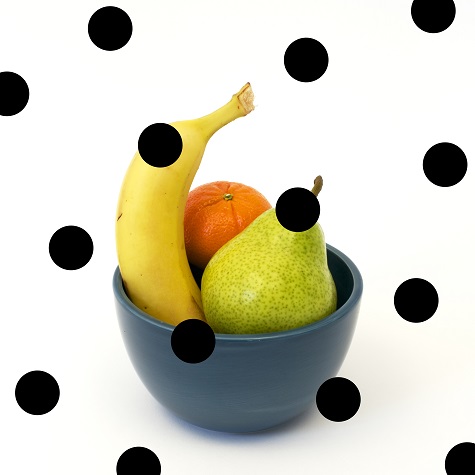It’s as if we blinked and spring is suddenly upon us! No more winter for Dallas; the sun is shining and the bluebonnets are beginning to awake from their slumber.
Do you know what that means? Not only are the pigeons at Klyde Warren Park chirping a cheerier tune but the art is buzzing, and there is an unmistakable anticipation swirling in the air (and I’m not just talking about the cottonwood that is itching our little noses!).
That’s right, Spring Break is here! For you parents this can be both an exciting and overwhelming realization. We understand that the mere thought of having to plan an entertaining and educational week is a lot of pressure. That’s why we have planned an amazing week chock full of FREE activities.
This Spring Break at the DMA you can travel through the world and time hop through centuries without even leaving Dallas, burning a hole in your wallet, or investing in a DeLorean!
The artworks have been chatting, and this year they think you deserve to have a stress-free Spring Break that will be an unforgettable experience (and for all the right reasons). Join them in creating masterpieces out of household items, using flashlights and laser pointers to draw in the air (that’s where I’ll be), and wiggling and giggling through the galleries. The sky is the limit!
The week gears up for a smashing finale with the Dallas Arts District Block Party and DMA Late Night, which will celebrate the run of Jackson Pollock: Blind Spots. I’m certain it will be the talk of the town! (I mean, it’s all we’re chatting about here.) You can stay up past bedtime and experience the exhibition with extended weekend hours (until 8:00 p.m.) as well.
Mark those calendars . . . wait, who am I kidding?; get out those smartphones and set your reminders! Festivities will be held DAILY Tuesday through Friday, March 15-18, so there are plenty of opportunities to have the coolest Spring Break in DFW.
Images: Anne Whitney, Lady Godiva, c. 1861-64, marble, Dallas Museum of Art, gift of Dr. Alessandra Comini in memory of Dr. Eleanor Tufts, who discovered the Massachusetts-backyard whereabouts of this long-forgotten statue and brought it to Dallas, 2011.8; Andrew Dasburg, Judson Smith, 1923, oil on canvas, Dallas Museum of Art, gift of Mrs. A. Ronnebeck, 1957.21; Portrait of an Arhat, 17th century, lacquered wood, pigment, and gold, Dallas Museum of Art, the Roberta Coke Camp Fund, and Lillian B. Clark, 1991.381; Robert Henri, Dutch Girl Laughing, 1907, oil on canvas, Dallas Museum of Art, Dallas Art Association Purchase, 1909.2
Julie Henley is the Communications and Marketing Coordinator at the DMA.




